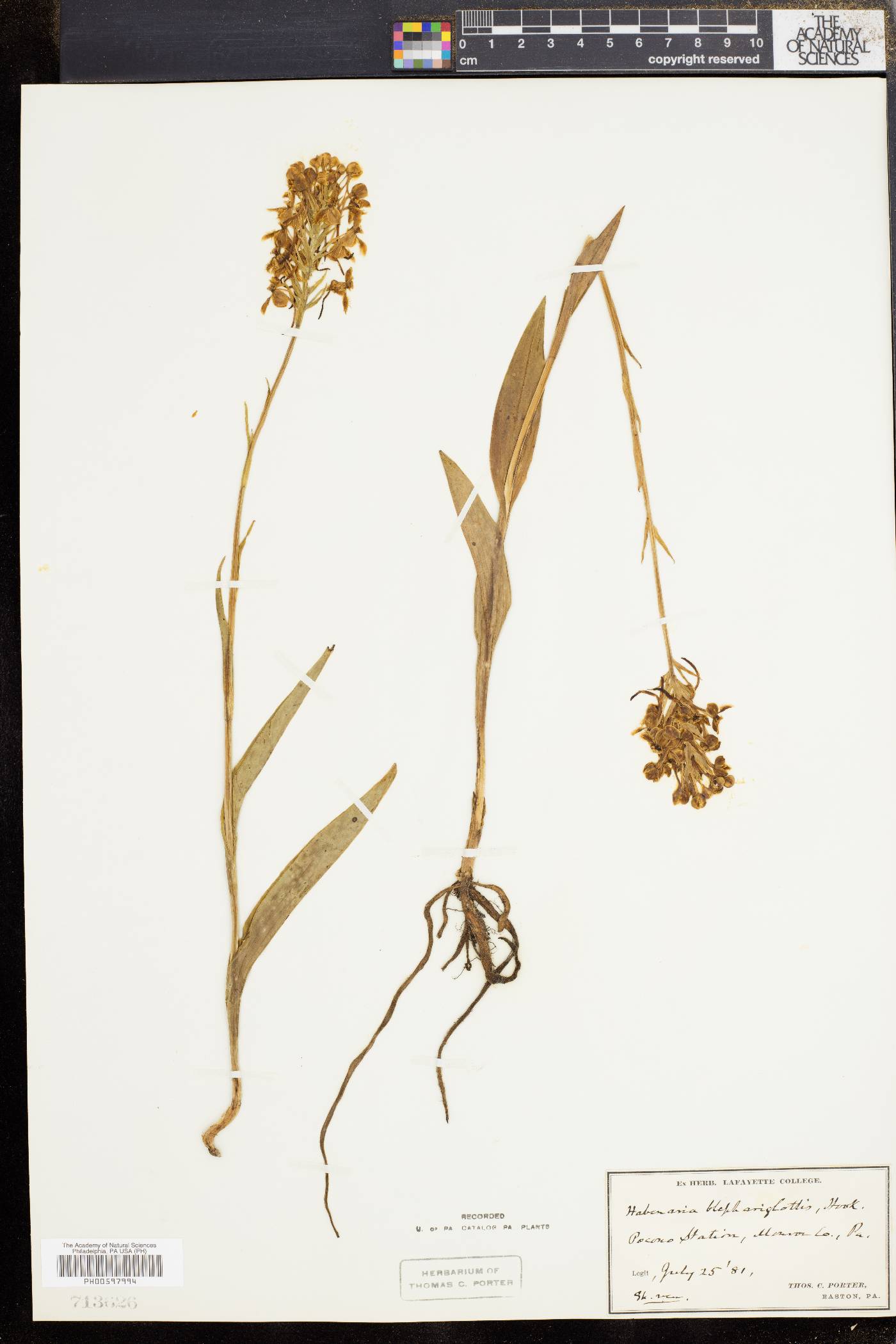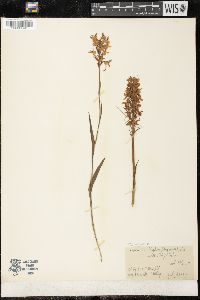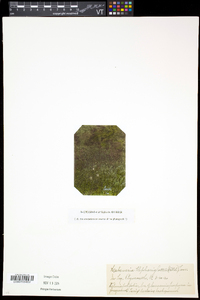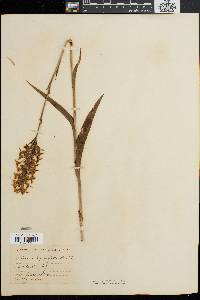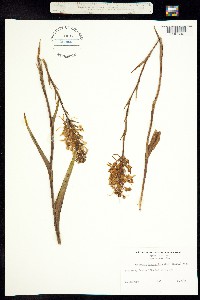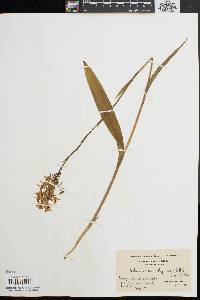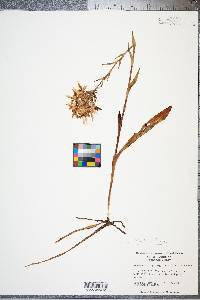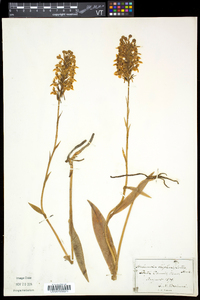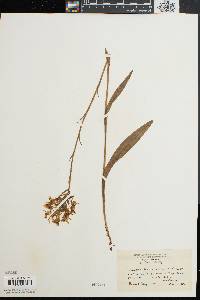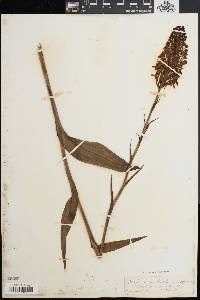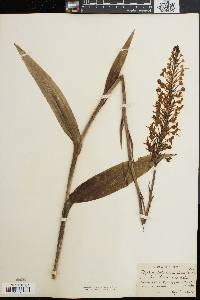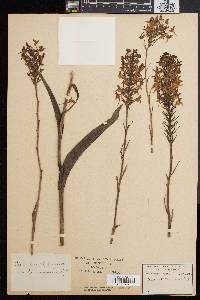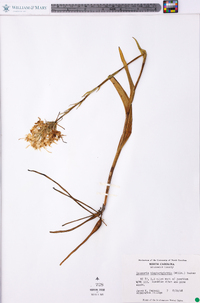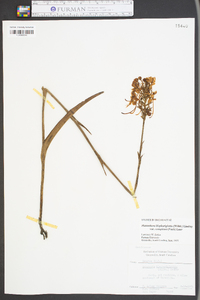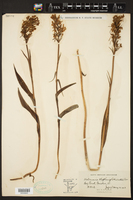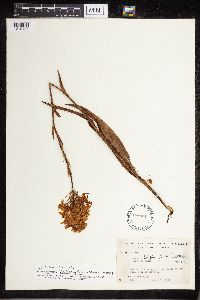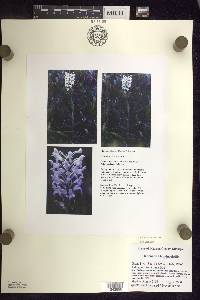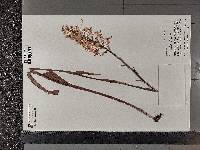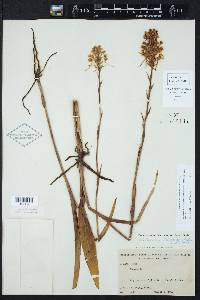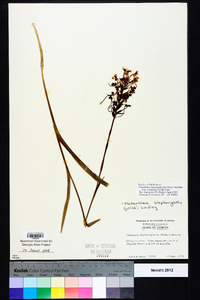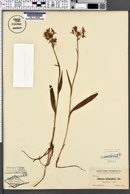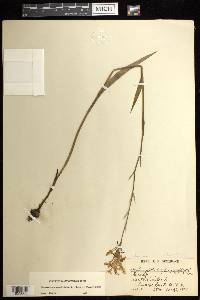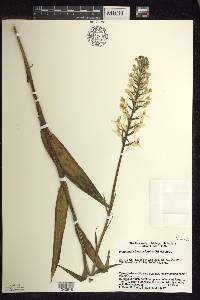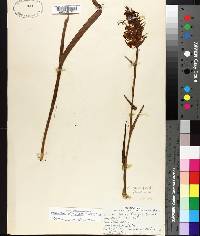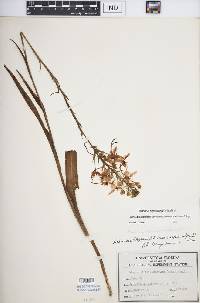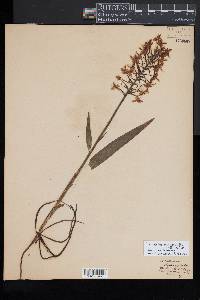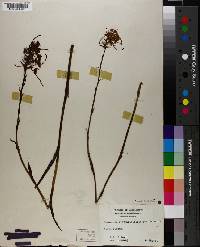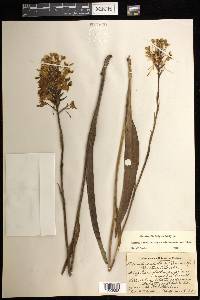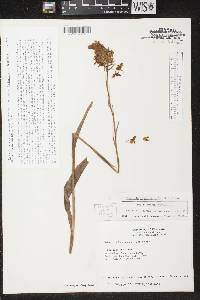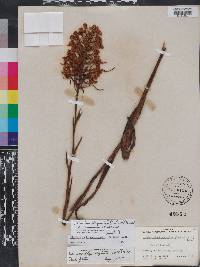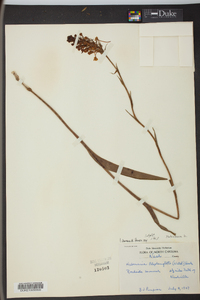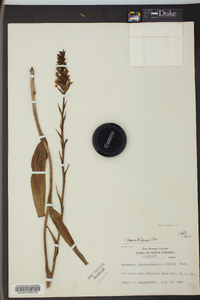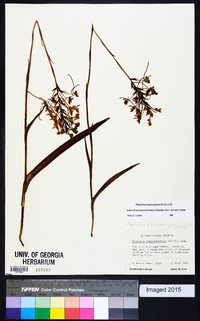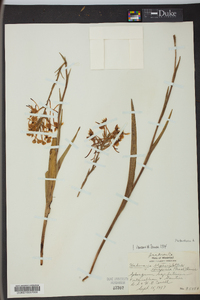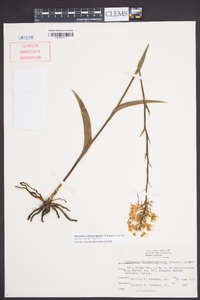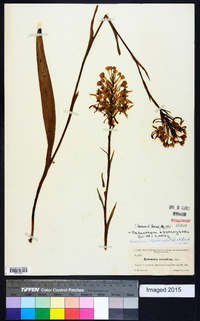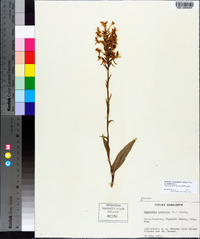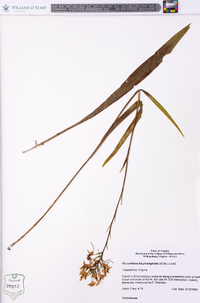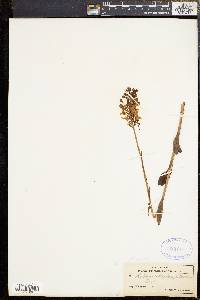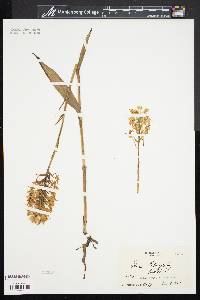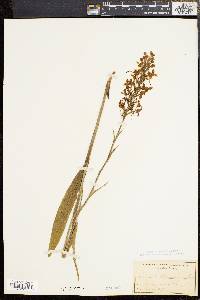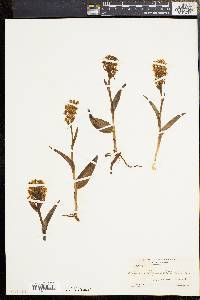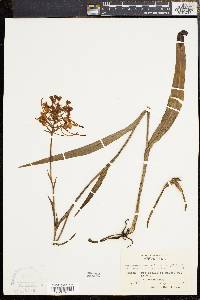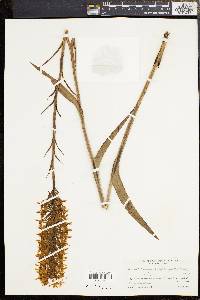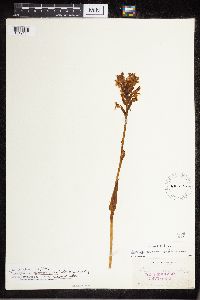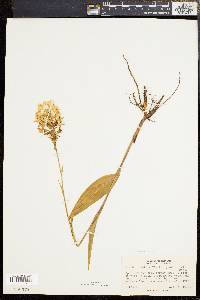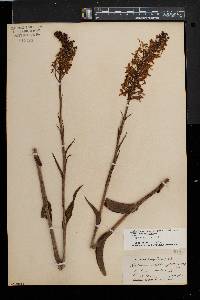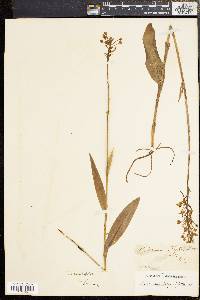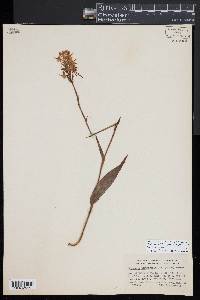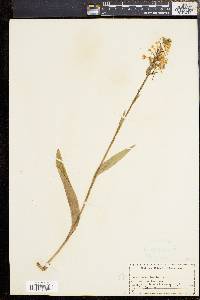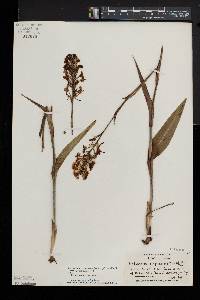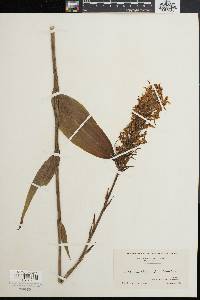
|
|
|
|
Family: Orchidaceae
White Fringed Orchid
[Habenaria blephariglottis (Willd.) Hook.] |
Plants 8-110 cm. Leaves 2-several, spreading to ascending, scattered along stem, rather abruptly to gradually reduced distally; blade linear-lanceolate, ovate-lanceolate, elliptic-lanceolate, 5-35 × 1-5 cm. Spikes dense to rather lax. Flowers resupinate, showy, white; lateral sepals reflexed; petals linear to oblanceolate, apex fringed to nearly entire; lip reflexed to porrect, without basal thickening, ovate-oblong to oblong-elliptic, rarely quad-rangular-suborbiculate, margin fringed; spur essentially cylindric, slender; rostellum lobes curving forward, slightly spreading, angular-elongate; pollinaria with stalks curved forward; pollinia remaining enclosed in anther sacs; viscidia elliptic-suborbiculate to orbiculate; ovary slender, 10-28 mm. Perennial herb 8 - 80 cm tall Stem: single, erect, green, hairless, leafy but leaves abruptly reduced to bracts upward. Leaves: two to several, scattered, spreading or ascending, stalkless (base strongly sheathing), silvery green, hairless, non-toothed, lance-shaped to narrowly elliptic with pointed tip. The leaves range in size from 5 - 35 cm long and 1 - 5 cm wide with the largest low on the stem and then the remaining leaves abruptly reducing in size upwards. Inflorescence: a single, erect, terminal, hairless, often dense, spike-like cluster of ten to forty stalked flowers with each flower subtended by a 1 - 2 cm long, lance-shaped, non-toothed, hairless bract. Flowers: stalked, showy, brilliant white, hairless, over 1 cm diameter, bilaterally symmetric with center sepal and upper petals forming hood above the prominent, highly modified, fringed lip petal, which has base modified into a slender nectar spur. The reproductive parts of stamens, stigma and style are fused into a column above the 1 - 2.4 cm long slender inferior ovary. Sepals: three, petal-like, white, 0.5 - 1 cm long, fairly round, blunt-tipped, hairless, non-toothed. The more egg-shaped lateral sepals are downward spreading and reflexed, while the central, uppermost sepal curves forward and over the closely positioned lateral petals, together forming a high hood over the lip petal and column. Fruit: several, stalked, ellipsoid capsules. Lateral petals: two, close together, ascending and curving forward, white, hairless, 0.5 - 0.8 cm long, 1 - 3 mm wide, narrowly spoon-shaped, narrowest at base, abruptly truncated at tip, and slightly finely toothed along upper edge. Lip petal: one, central, lowermost, projecting slightly forward to downward or reflexed, crisp white, hairless, 0.6 - 1.3 cm long, 2 - 9 mm wide, oblong to egg-shaped or tongue-shaped, trimmed by slender, 6 - 8 mm long fringe. The base of the lip petal is modified into a 1.5 - 2.5 cm long, slenderly cylindric spur. Similar species: In our area, we only have the typical variety of Platanthera blephariglottis, as described above, but the more southern and coastal P. blephariglottis var. conspicua differs by having a longer spur (at least 3 cm), which is commonly about two times the length of the ovary. Otherwise, the most similar species in terms of flowers is P. ciliaris, but that species has bright orange flowers. The hybrid of this last species and P. blephariglottis is P. x bicolor, which is very similar to both parents, except for the flower color being either pale yellow, buff, or bi-colored with a white lip and orange sepals and lateral petals. Flowering: late June to August Habitat and ecology: Extremely rare, only known from one locale in our area (in Berrien Co., MI), a species mainly of sphagnum bogs or damp acid sands. Occurence in the Chicago region: native Notes: At the site in Michigan where this species occurs, it is known to regularly hybridize with <P. ciliaris, forming the hybrid <P./ x bicolor. This orchid is not known to exist in Illinois, Indiana, or Wisconsin. It has a more eastern range with Michigan (lower peninsula only) and Ohio at the western edge for the typical variety. The other variety, P. blephariglottis var. conspicua, exists along the southeastern coast of the U.S. as far west as Texas. Etymology: Platanthera comes from the Greek words platys, meaning flat or broad, and anthera, meaning anther, which refers to the wide anther of the genus. Blephariglottis comes from the Greek words blepharida, meaning eyelash, and glotta, meaning tongue, which roughly means fringed tongue in reference to the tongue-shaped lip trimmed in fringe. Author: The Field Museum Stem 4-10 dm; lower 1-3 lvs linear or lance-linear, to 20 נ2 cm; upper several lvs much reduced; infl compact, ovoid, 5-15 נ4-5 cm; fls white; sep subrotund or broadly ovate, 5-11 mm, the lateral ones inequilateral, reflexed against the ovary; lateral pet shorter than the sep, linear-oblong, erose or lacerate at the summit; body of the lip narrowly oblanceolate, 8-11 mm, fringed except at the slender, claw-like base; spur slender and elongate; 2n=42. Acid swamps and bogs; Nf. and Ont. to Mich., s. to Fla. and Tex., but missing from most of the Ohio drainage. July, Aug. (Blephariglottis b.; B. albiflora; Platanthera b.) Two geographic vars.. Gleason, Henry A. & Cronquist, Arthur J. 1991. Manual of vascular plants of northeastern United States and adjacent Canada. lxxv + 910 pp. ©The New York Botanical Garden. All rights reserved. Used by permission. |

